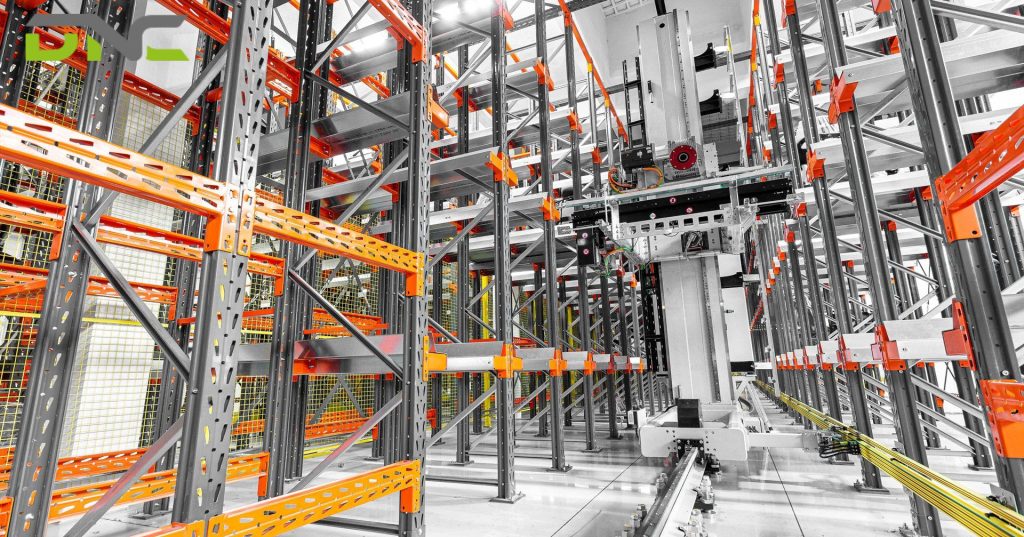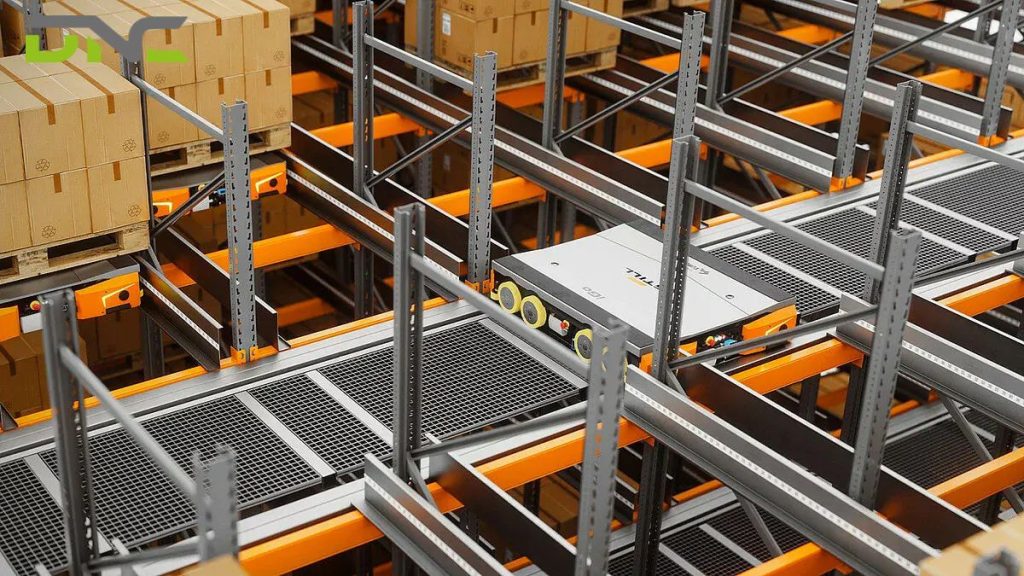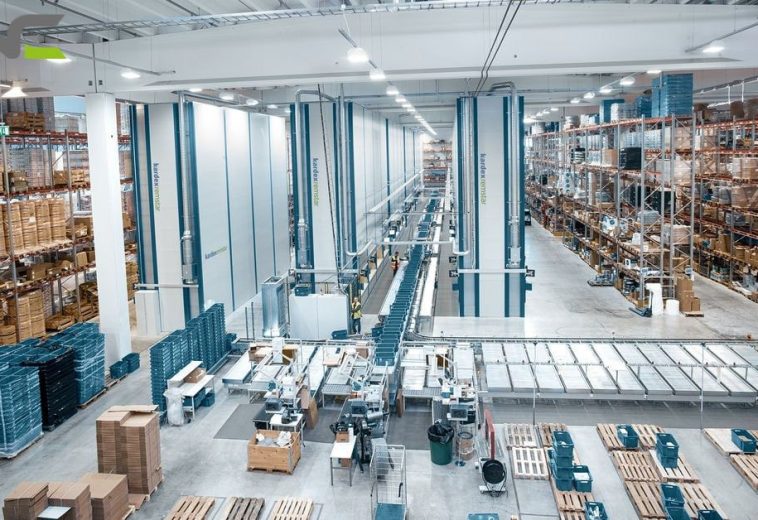Automated Storage: All Things You Need To Know
In today’s fast-paced industrial world, businesses are under constant pressure to improve productivity, accuracy, and efficiency. Automated storage has emerged as a vital solution, enabling companies to manage complex logistics with ease. By integrating machines, robots, IoT sensors, and intelligent control systems, automated storage significantly reduces errors and maximizes productivity across the entire production line.
What is an automated storage system?
An automated storage system is a smart solution that uses machines, robots, conveyors, and IoT sensors to efficiently store, manage, and retrieve goods without manual effort. These systems ensure high precision, faster handling, and real-time status visibility of product lots. With the ability to regulate conditions such as temperature, vibration, and cycle time, automated storage systems improve efficiency, lower costs, and boost productivity in warehouses, manufacturing plants, and distribution centers.
What is ASRS in SAP?
In enterprise resource planning (ERP) systems like SAP, Automated Storage and Retrieval Systems (ASRS) are deeply integrated into warehouse management modules. ASRS in SAP enables:
- Real-time tracking: Product lots can be monitored with exact location and status updates.
- Seamless process control: Production lines and machines are synchronized for smooth material flow.
- Automation intelligence: SAP leverages data from IoT sensors to optimize cycle time and reduce downtime.
The result is a digital ecosystem where both physical operations and business planning are aligned, ensuring supply chain transparency and operational excellence.

What is ASRS in SAP?
What type of automated storage and retrieval systems?
Vertical Lift Modules
Vertical Lift Modules are self-contained systems that automatically store and retrieve stacked trays vertically. They act like an elevator, delivering the required tray directly to the operator at a user-friendly height. The equipment optimizes cycle times, minimizes vibration on sensitive goods, and can even manage temperature for fragile items. They are ideal for businesses that need to maximize floor space while ensuring safety and production speed.
Carousel-based system
Carousel-based systems, both horizontal and vertical in design, help move goods to the receiving point, reducing travel time and manual searching. They are effective in handling small to medium batches that require frequent receiving. Known for their speed and continuous rotation, they reduce labor and increase productivity, especially in production lines or warehouses with high order volumes.
Shuttle systems
Designed for high-density storage, they allow simultaneous movement on multiple levels, significantly increasing speed and reducing cycle time. Equipped with IoT sensors and intelligent software, shuttle systems provide real-time visibility of product status and are well-suited for industries needing fast, scalable solutions for large inventories.
Robotic cube storage
The robotic block storage system uses robots that move on a grid-like structure to lift and transport stacked containers below. Highlights of this equipment include intelligent navigation, real-time data integration, and the ability to accommodate a variety of product batch sizes…
What Are the Benefits of Automated Storage?
Automated storage offers many benefits to modern industries, such as:
- Increasing the speed and efficiency of shipment processing.
- Reducing operating costs by minimizing human error.
- Improving safety through automation of heavy lifting.
- Real-time status visibility with IoT sensors and system integration.
- Optimizing the use of storage space, vertically and horizontally.
- Extending product protection with temperature and vibration control.

What Are the Benefits of Automated Storage?
What are the differences between automated storage and retrieval systems?
While often mentioned together, Automated Storage Systems and Automated Retrieval Systems serve distinct purposes. Automated storage focuses on efficient placement and organization of goods, while retrieval systems emphasize speed and accuracy in accessing those goods. Combined, they form a complete ASRS solution.
| Feature | Automated Storage | Automated Retrieval |
| Main Function | Organize and place items efficiently | Retrieve and deliver items on demand |
| Key Attributes | Temperature, vibration, product lots | Speed, cycle time, order accuracy |
| Technology Used | IoT sensors, machines, robots | Conveyors, shuttles, robotic arms |
| Value Delivered | Space optimization, protection of goods | Faster fulfillment, reduced human errors |
| Application Area | Warehousing, production lines | Picking, order fulfillment, and distribution |

What are the differences between automated storage and retrieval systems?
Conclusion
Automated storage has become the backbone of smart manufacturing and logistics. By integrating machines, robots, IoT sensors, and intelligent software, businesses can achieve faster production cycles, reduce costs, and optimize lot management. Whether through unit load systems, VLMs (automated warehouse management systems), or robotic-based solutions, the value of automated storage lies in its ability to deliver speed, safety, and accuracy in an increasingly competitive marketplace.
- 2 views
- 0 Comment




Recent Comments